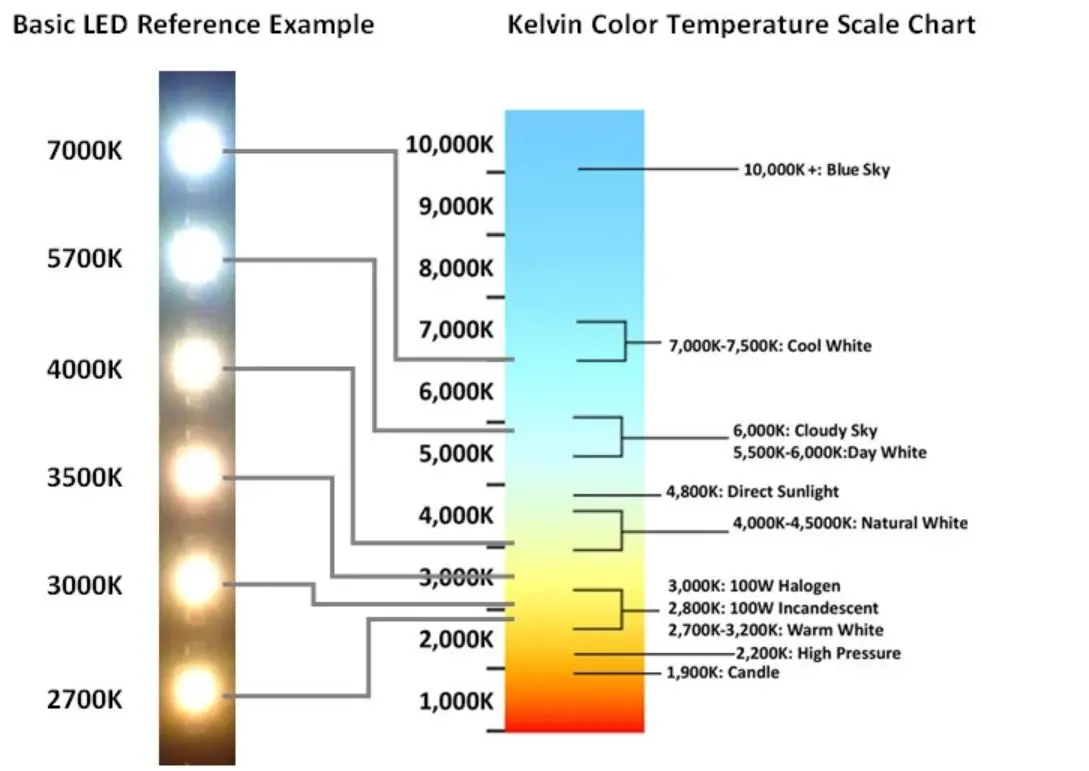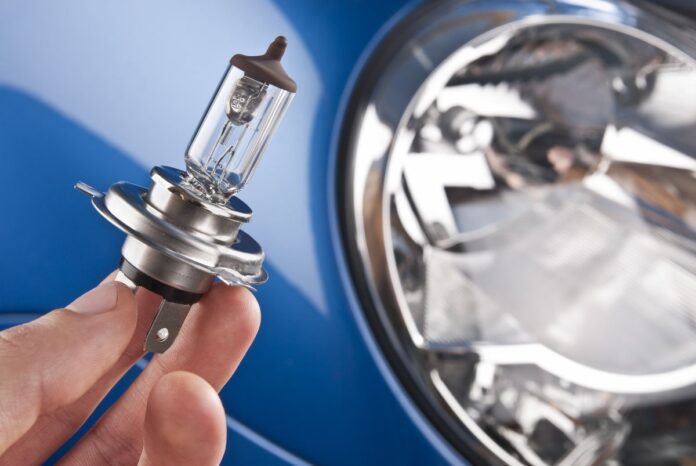LED (Light Emitting Diodes) technology has revolutionized how we light our vehicles, and nowhere is this more evident than in the humble headlight. LED headlights bulbs offer a multitude of advantages over the traditional halogen counterparts, enhancing the safety, efficiency, and aesthetics of modern vehicles.
In this comprehensive guide, we’ll dive deep into the world of LED headlight bulbs, demystifying everything from the different types, sizes, illumination, to how you can choose the best options for your vehicle.
Advantages of LED Headlight Bulbs

LEDs bring a host of benefits over traditional halogen bulbs. Firstly, they offer superior visibility. An LED headlight bulb can emit a brighter and whiter light that illuminates the road better. Coupled with the advantage of low power consumption, these bulbs significantly enhance the vehicle’s energy efficiency, offering more light per watt than their halogen equivalents.
Durability and lifespan are other areas where LEDs shine. Unlike halogen bulbs, which burn a filament to produce light and fail once the filament breaks, LEDs function by passing a current through a semiconductor. This solid-state method of producing light doesn’t involve wear and tear, thus enhancing the lifespan of the bulbs.
Understanding LED Headlight Bulb Types
There’s a wide variety of LED headlight bulb types available in the market. The single-beam bulbs offer either a low beam (dipped beam) or a high beam (main beam), but not both. They are used in vehicles that feature separate bulbs for low and high beams. In contrast, dual-beam bulbs provide both low and high beams from the same bulb, serving vehicles with a single bulb for both beams.
In addition to these, there are fog light bulbs. They emit a wide, bar-shaped beam of light with a sharp cutoff at the top and are typically positioned low on the vehicle and angled towards the ground.
Exploring LED Headlight Bulb Sizes
LED headlight bulbs come in a range of sizes, designated by codes such as H1, H7, 9005, and more. Each size corresponds to a specific type of socket. It’s crucial to choose the right bulb size for your vehicle; an incorrect size will not fit your car’s headlight housing. So, even if you’re craving for Brighter 9005 LED bulbs from SEALIGHT, you should first see if they fit your vehicle.
Lumens and Brightness
Lumens is the standard unit of measurement for brightness. Higher the lumens, brighter is the light produced by the LED headlight bulbs. As a benchmark, most LED headlight bulbs emit between 6,000 to 6,400 Lumens, providing ample illumination for safe driving.
Color Temperature and Kelvin Scale

Color temperature defines the color of light emitted by the bulb, measured on the Kelvin (K) scale. Lower Kelvin ratings (around 3000K) produce a warm yellow light, while higher values (around 6000K) produce a cool white or blue light. The Kelvin scale is vital in choosing LED headlight bulbs as it directly influences the perception of brightness and glare.
Choosing the Right Color Temperature
Choosing the right color temperature involves balancing practicality, aesthetic preference, and regulatory compliance. A cooler light, around 6000 Kelvin, often appears brighter and offers superior clarity—ideal for most driving conditions. But it’s worth noting that in adverse weather conditions like fog or snow, a warmer light closer to 3000 Kelvin tends to be more effective due to its ability to reduce glare. In addition, it’s crucial to remember that legal requirements for color temperature may vary by region, so it’s essential to ensure your chosen bulb’s color temperature aligns with local regulations to avoid potential legal issues.
Beam Patterns and Cutoff Lines
Beam patterns play a crucial role in determining how the light from the LED headlight bulb is distributed on the road. Focused beams, which project light directly ahead, are beneficial for enhancing long-distance visibility—making them highly useful in rural areas or highways. On the other hand, scattered beams disperse light across a broader area, thereby significantly improving peripheral visibility—an aspect that’s particularly important for city driving where pedestrians, cyclists, and other vehicles are often present at the periphery.
Cutoff lines, another essential feature of LED headlight design, are implemented to prevent the light from blinding oncoming drivers—an aspect that’s as much about road safety as it is about courtesy. The light below the cutoff line effectively illuminates the road, while the area above the line is designed to remain dark, thus preventing any direct light from reaching the eyes of oncoming drivers.
DOT and ECE Regulations

Adherence to regulations is a non-negotiable aspect of choosing LED headlight bulbs. The Department of Transportation (DOT) in the United States and the Economic Commission for Europe (ECE) have stringent regulations that define the brightness, color, and beam pattern of vehicle headlights. These standards are put in place to ensure that all vehicles on the road adhere to a common safety, performance, and legal standard. Thus, it’s crucial to verify that the LED headlight bulbs you choose are compliant with these regulations to avoid potential legal implications or road safety issues.
Installation and Compatibility
The optimal performance of LED headlight bulbs hinges heavily on their proper installation. Ensuring compatibility with the vehicle’s electrical system and headlight housing is a prerequisite for this. It’s not uncommon for certain LED headlight bulbs to require additional components such as ballasts or heat sinks for their proper functioning. Therefore, before you undertake the installation process, it’s advisable to have a clear understanding of your vehicle’s requirements and whether the bulb you’ve chosen fulfills those adequately.
Maintenance and Longevity

While LED headlight bulbs are renowned for their long lifespan and robust durability, requiring minimal maintenance, it’s essential to ensure routine upkeep to maintain their optimal performance. Regular cleaning is a must to prevent dust or debris from obscuring the light output. Regular inspection can help identify any potential issues early, thereby preventing sudden bulb failures. In addition, despite their long-lasting nature, even LED bulbs won’t last forever. Hence, timely replacement is crucial to ensure continuous safe and effective illumination.
Conclusion
Understanding the nuances of LED headlight bulbs is key to enhancing your vehicle’s lighting and safety. It empowers you to make informed decisions while upgrading or replacing your vehicle’s headlights. Always remember to prioritize safety, legality, and compatibility when choosing LED headlight bulbs. With the right knowledge and a bit of research, you can find the perfect LED headlight bulbs that meet your needs and enrich your driving experience.









